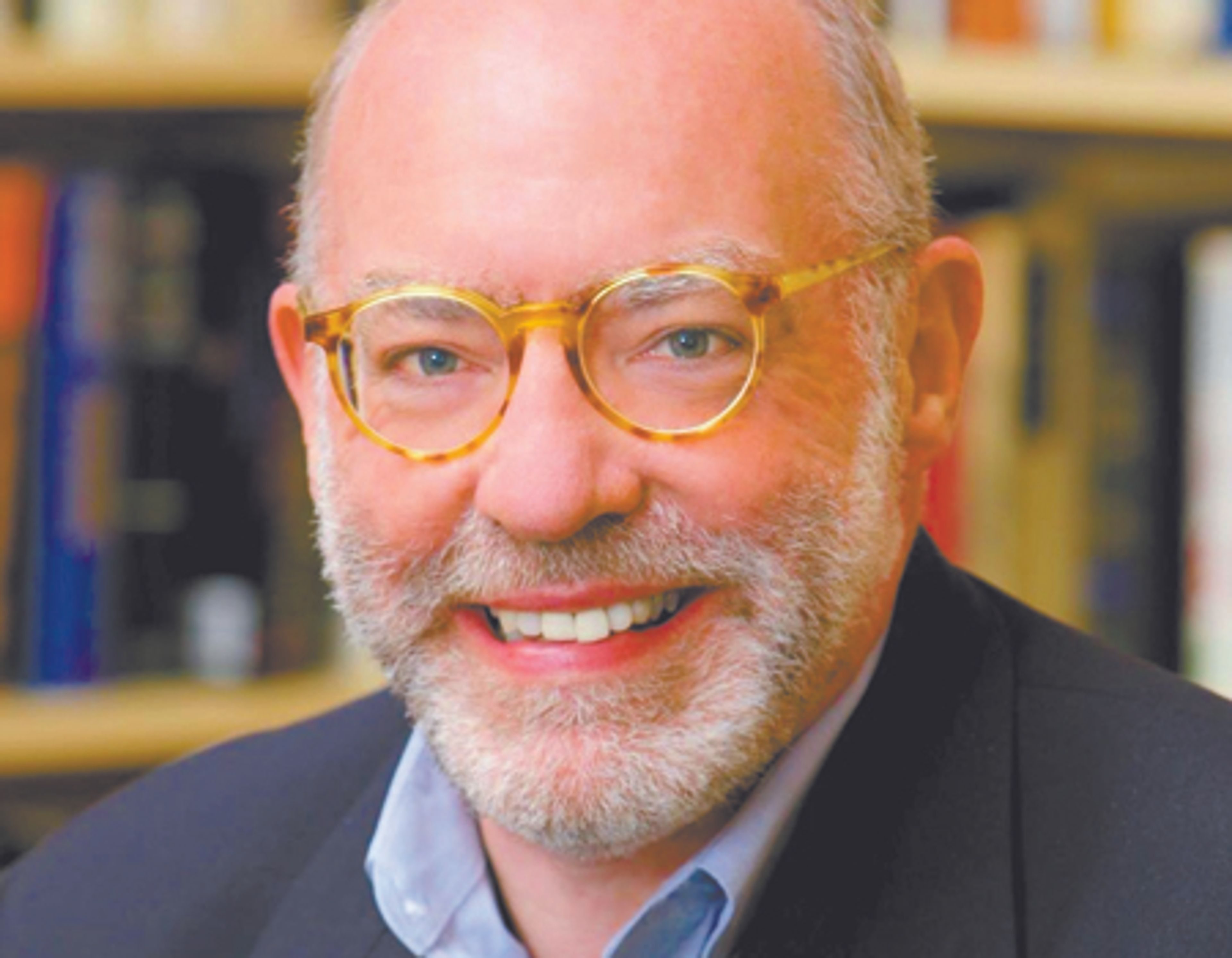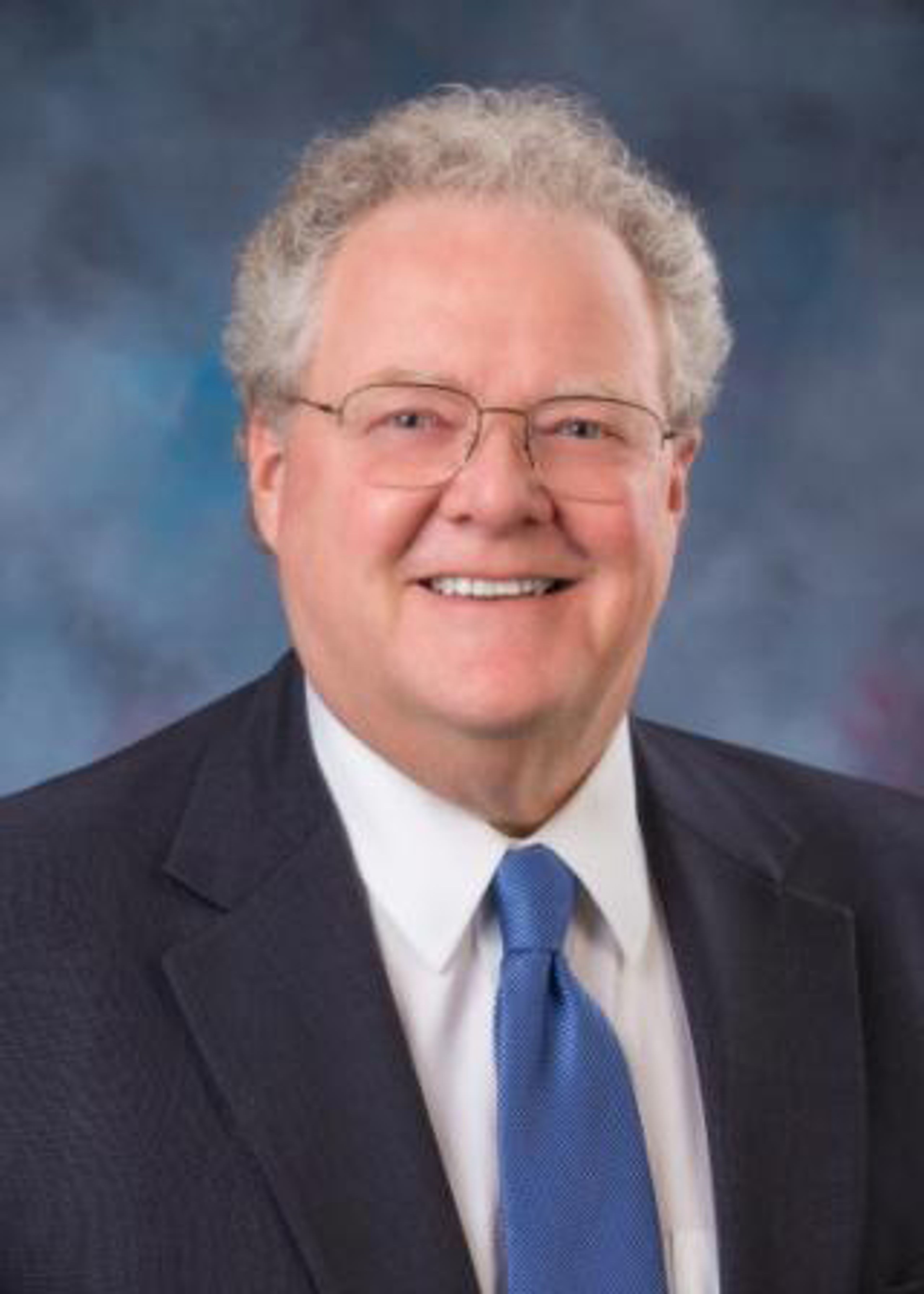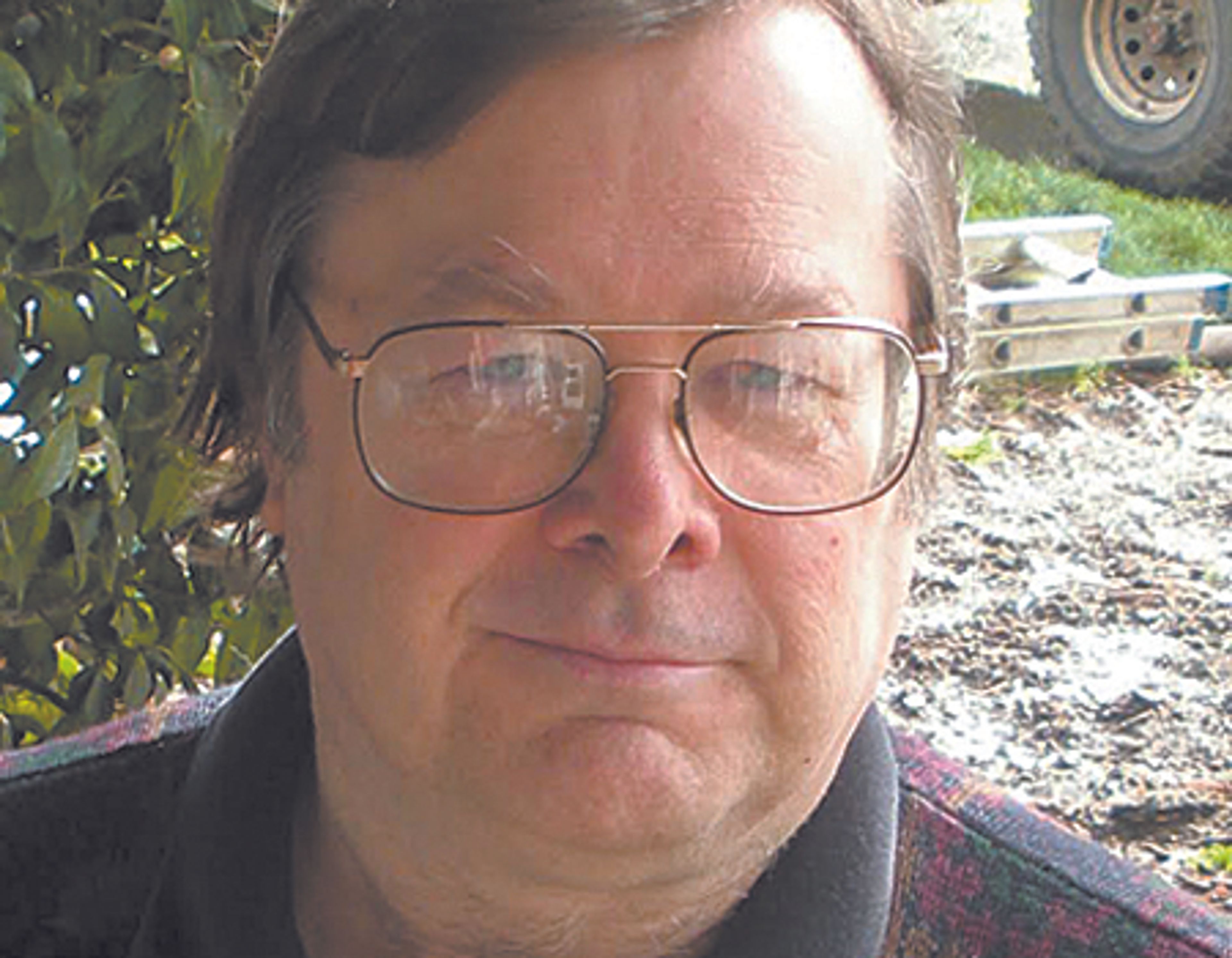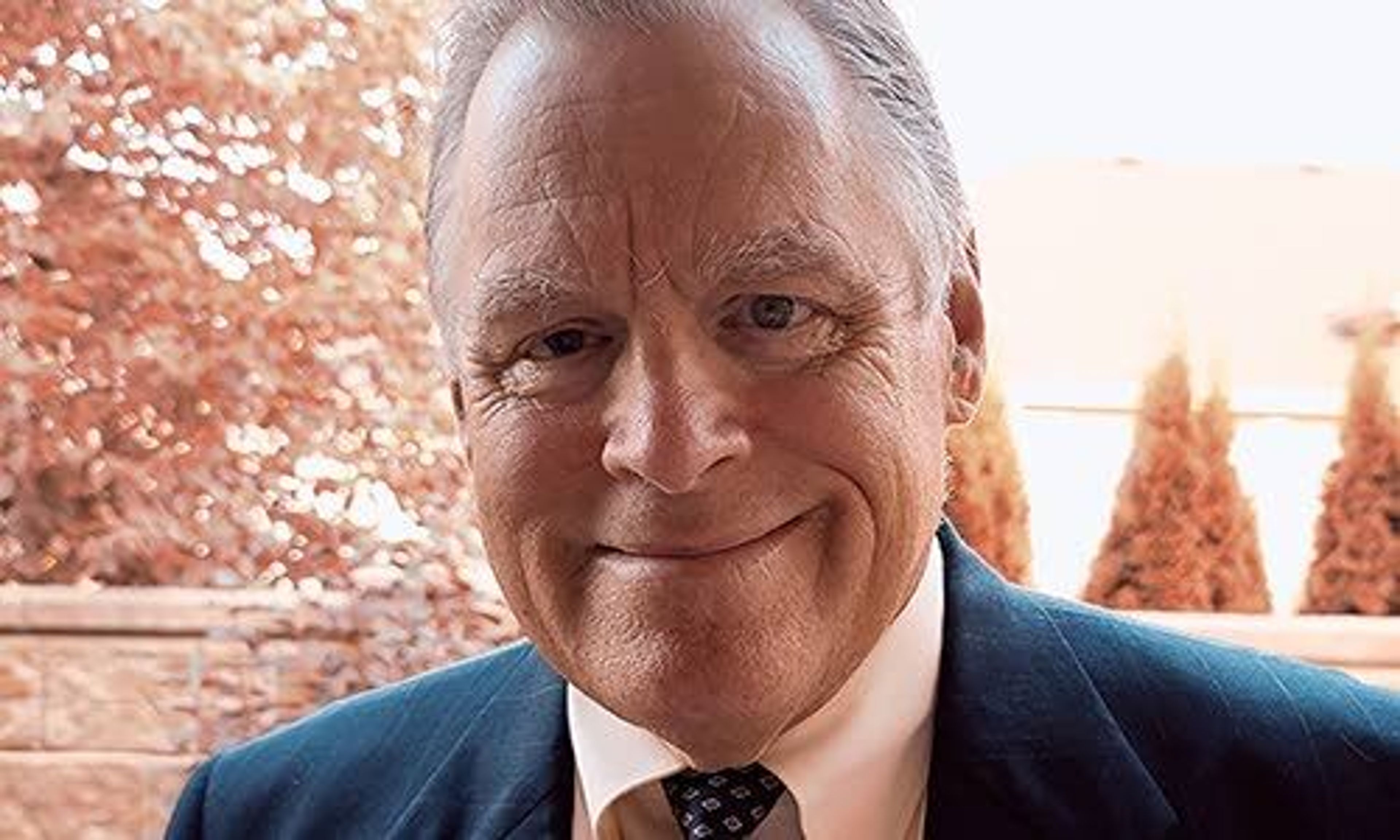OPINION: The secret I discovered in Great-Grandpa’s diary
There is a predictable outcome for leaving a puppy in a vehicle. After a brief errand, I opened the truck door to a mist of pepper spray, a punctured canister and a sneezy pet. Despite rigorous cleaning, the irritants lingered for months: This is the stain that remains.
In 1909, my great-grandfather, Henry Copeman, traveled from his Michigan home to the Seattle Exposition. During a whistle-stop in Coeur d’Alene, he entered his name in the lottery for a homestead in an area near St. Maries called the Benewah — a huge chunk of the Coeur d’Alene Reservation opened to settlement. There are speculative reasons for his decision to sell a lucrative farm and leave a stately home to build a cabin on raw land in the wilds of Idaho. But by 1910, the family was “proving up” their site.
Henry’s daughter married the neighboring settler from Ohio and a third homestead was acquired later. With conveyance of ownership, the homesteads became operational bases for logging the valuable timber. By then, the families had also established homes in Coeur d’Alene and a pleasant story for the annals of my history.
And then.
In 1999, I learned of Henry’s 1925-29 diaries. Until my father was “gone,” he refused to let me see or have them.
Subsequently, the mystery was solved and consternation evolved. The paternal patriarch of my family was an active member of the Ku Klux Klan in Coeur d’Alene. Finding this item in my closet made me furiously curious. My knowledge of the KKK was limited to a scary, Southern anti-Black hate group and information about the KKK in Idaho was scarce.
In the 1920s, the KKK was a well-organized, powerful influence in the Pacific Northwest. Since Black populations were sparse, manufactured fear was transferred to Catholics, Jews and immigrants — arbitrary discrimination as a substitute for color. The explosive surge of KKK membership across the U.S. followed a pattern of introduction, induction and infiltration until the Klan was established in communities — including Post Falls, Lewiston, Boise, Pocatello and Grangeville. The goal was political leverage.
The KKK was founded in 1869 by Confederate veterans to terrorize enfranchised Black citizens. Using the known Black fear of ghosts, the Klan dressed in white hoods and robes, conducting their raids at night with emblematic burning crosses.
The second Klan reinvented itself in 1915 with better publicity and broader appeal as a wholesome family-friendly organization (with women’s auxiliaries and “Kiddy Klans”) and the saviors of a bleached civilization. The Klan was obsessed with a pure strain of Americanism. They feared “mongrelization” of the white race and ignored the centuries of mingling that had produced a cocktail of mixed ingredients.
And what were the centers and mentors of hate? White Protestant churches. Congregations of God-fearin’ Christians were already primed to fear threats to their existence and salvation. That gullibility made it easy for the Klan to peddle its snake oil of white supremacy — the biggest con job, ever, with its grand goblins, exalted cyclops, imperial klokards and wizards. Henry’s diaries were stuffed with KKK entries. He was the Klan treasurer and a member of the Christian church.
Let Henry speak from the nave:
Feb. 5, 1925 — “Attended Mrs. Hagedone’s funeral and they had flowers in the form of KKK.”
March 14, 1925 — “I opened a special bank account at American Trust for the money … from the KKK.”
April 19, 1925 — “Went to the Christian church at night. ... The KKKs attended … in their robes and presented the minister a flag. An appropriate sermon was preached for the occasion.”
May 15, 1925 — “Attended Rexroad lecture at Wright’s Hall, which was well attended and a snappy lecture.” (He’s referring to the Rev. C.A. Rexroad, who was the exalted cyclops from Spokane.)
March 17, 1926 — “Several fiery crosses burning tonight.”
May 6, 1926 —“Met a leather traveling man at Buster Brown’s (shoe store) … and he put out his left hand to shake KKK.”
The KKK imploded in the 1930s from internal corruption, but racism regenerates. Idaho was slow to ratify civil rights and to recognize Martin Luther King Day, giving Richard Butler a toehold in northern Idaho for his Aryan Nations compound of supremacists. By then, Idaho had matured in its sensitivity to humanitarian issues and its 1/50 responsibility to a United States of social justice and racial equality. Figuratively, human rights coalitions tarred-and-feathered the Aryan Nations with civil resistance and a strong message: not in our neighborhood.
Are we done yet? No. The pendulum did a vicious swing back to the right.
State Rep. Heather Scott used the Confederate flag on a campaign float. Former Lt. Gov. Janice McGeachin was a featured speaker for a right-and-white nationalist conference. The Patriot Front rolled into Coeur d’Alene with an extremist welcome — a concerning scenario that plays across Idaho.
White supremacy? By what right does anyone claim racial superiority? By what authority does anyone devalue a human colleague based on pigmentation? When did skin color become a calibration of competence, intelligence or importance?
Skin is just a dressing with color variations. Underneath, we are identical.
We need to de-mythologize white supremacy. This is what I know: Caucasians are not “white.” We are pink. As a taunt, “pink supremacy” doesn’t pack much punch.
Let’s just stop this notion of racial superiority. Supremacists embezzle our worth as a nation of humanitarians. There is no “master race.”
White supremacists are social derelicts needing a scapegoat for their insecurities and failures. I will bet a white sheet that many supremacists are basking in the summer sun to get a tan.
Until we do some deep political cleansing, scour the supremacist strongholds and neutralize the irritants, racism will be the stain that remains. I hope Idaho’s new history curriculum includes our racist frown.
Dumas, of Grangeville, is an independent outdoorswoman.









